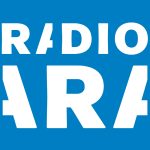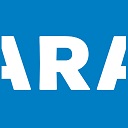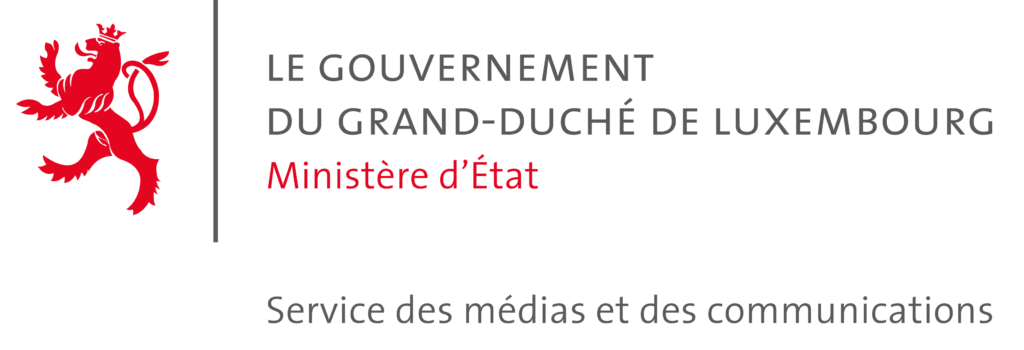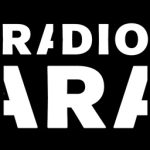Running a Volunteer Radio
1993 - 1999
Volunteer Power gets ARA Running (1990s)
In the ’90s, ARA ran almost entirely on volunteer energy. People came before work, during lunch breaks, or late at night to keep shows on air. Morning programs started at 7 a.m.—hosted by volunteers who’d head to their day jobs right after. Technicians even built the studio gear themselves. The first and for a long time only paid employee, Germain Binz, started in 1995. His job title: Permanent. Germain will for eternity haunt the corridors of ARA.
ARA’s First LGBTQ+ Show
One of ARA’s early breakthroughs was its LGBTQIA+ show, hosted by Marc Grond, the first openly gay voice in Luxembourg. The show tackled sexuality and AIDS awareness with humour and honesty. It also featured drag guests from across the border. At a time when these topics were taboo on other stations, ARA gave space to voices that had long been silenced. It was bold, emotional—and long overdue.
Graffiti Youth Program on Air (Mid-1990s)
From the initial concept of the mid-90s, Radio ARA launched “Graffiti,” a show designed for and by young people. Volunteers played underground music, discussed social issues, and shaped the station’s youth identity. It gave teenagers a real voice—and some of them later became journalists and media professionals. Over time, Graffiti became one of ARA’s best-known projects and helped prove that radio could be a platform for young perspectives.
First Hip-Hop Show Begins (Late 1990s)
ARA was the first in Luxembourg to air a dedicated hip-hop show. DJ Félix brought underground beats to the studio in Rue de la Boucherie, offering a raw, fresh sound that no other station played. It wasn’t just about music—it was about expression and culture. Radio ARA attracted all sorts of music enthusiasts who claimed the waves with a unique blend of unfamiliar sounds.
ARA’s First Studio Tech: DIY All the Way (Late 1990s)
Long before sleek software, ARA relied on cassette decks, MiniDiscs, and gear built by volunteers. One of the studio’s quirkiest features was a MiniDisc changer adapted from a car stereo—used for overnight playlists. Almost everything was homemade. Volunteers wired the studio, set up mixers, and kept the station running. This hands-on era defined ARA’s early sound and gave it a raw, real edge.











